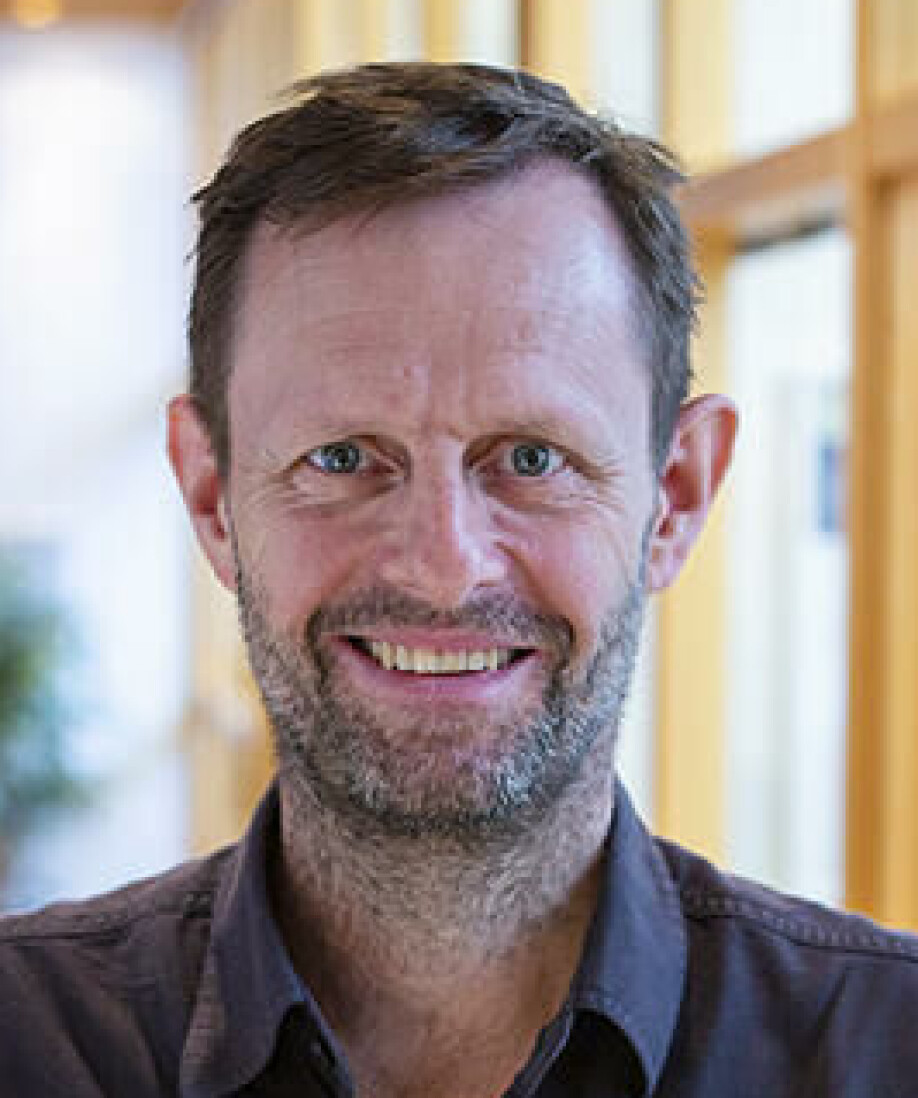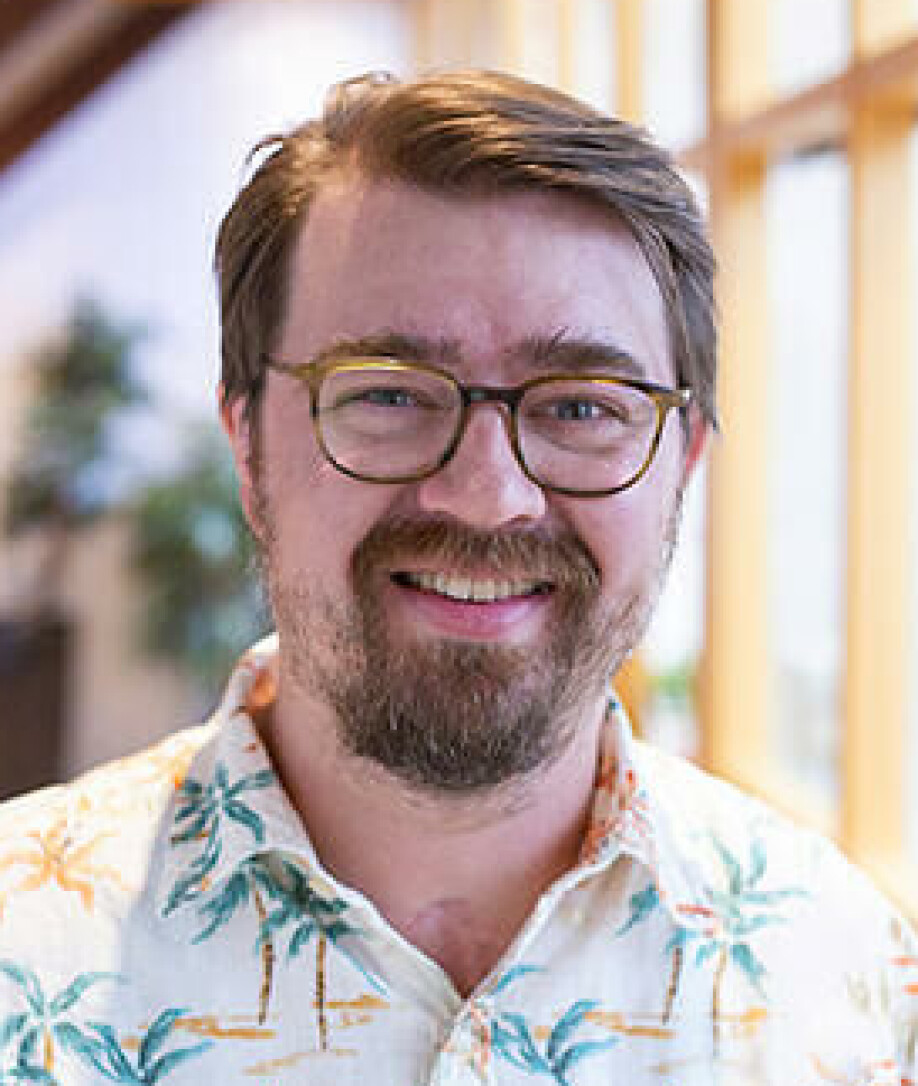THIS ARTICLE/PRESS RELEASE IS PAID FOR AND PRESENTED BY The Centre for Advanced Study (CAS) - read more

Electrons, laser pulses and the properties of matter
Researchers at the Centre for Advanced Study (CAS) have set out to solve the fundamental problems behind controlling electrons in atoms, molecules and materials. Curiosity, the extreme complexity of the field and the possibility of important future practical applications is what motivates them.
The US Department of Energy has declared control of electrons in atoms, molecules and materials one of five ‘Grand Challenges’ for science and the imagination in the 21st century.
What makes this field so interesting and important?
“It’s the electrons that decide how the nuclei act in molecules and in matter,” said
Thomas Bondo Pedersen, professor of chemistry at the University of Oslo (UiO). “If we can control the electrons, then we can control and optimize the properties of matter.”
Together with Simen Kvaal, a researcher working on theoretical chemistry at UiO, Pedersen is leading the CAS project Attosecond Quantum Dynamics Beyond the Born-Oppenheimer Approximation.

“To study how electrons and nuclei move in atoms and in small molecules, we need to operate on the same timescale as electrons, the attosecond timescale,” Kvaal said. “One attosecond is one quintillionth of a second, and that is also the time it takes for an electron to move around the nucleus.”
The research project will investigate and develop theoretical and computational tools to plan, understand and predict experiments probing the quantum dynamics of molecular systems at the attosecond timescale.
Laser pulses at an attosecond timescale
The primary objective of the research project is to boost our understanding of ultrafast molecular processes driven by attosecond laser pulses.
“Recent advances in the generation of ultrashort, high-intensity laser pulses have opened up a whole new area of chemical research,” Pedersen said. “With the use of laser pulses, we can manipulate and probe molecular systems with unprecedented accuracy.”
The practical application of these processes can lead to new techniques to split water down into oxygen and hydrogen, develop new medicines and optimize the properties of matter in general.
“The practical application of this knowledge is still far into the future,” Pedersen said. “First we need to understand the fundamental principles in these processes. Right now we are studying small details in the calculation techniques, which are important building blocks needed to make simulation machinery for bigger systems. It’s very theoretical, but crucial for future practical application.”
Theoretical fundamental research and further development of mathematical models is needed to evolve the field and to understand how the laser pulses affect molecular systems, the project leaders said.
Beyond the Born-Oppenheimer approximation
“Resolving the dynamics of electrons and nuclei on the timescale of electronic motion, attoseconds, is extremely complicated,” Kvaal said.

“Today we use the Born-Oppenheimer approximation to do so. We are trying to go beyond the approximation and resolve the questions with accuracy. To do that we need to use quantum dynamics and operate on different timescales at the same time. This is extremely complex, and beyond most currently available methodologies.”
The components of a molecule, electrons and nuclei, are so small that in order to describe them it is necessary to use quantum mechanics.
“Quantum mechanics is a fundamental theory in physics which is much more complicated than the classical mechanics used to explain the motion of objects that are visible to the naked eye,” Kvaal said. “The objects we are studying interact with each other on different timescales. This means that we have to resolve both timescales at the same time.”
New collaborations to study fundamental question
Pedersen and Kvaal have gathered a team of mathematicians, physicists and chemists to participate in the project. Some are present at CAS physically, and some participate digitally due to the coronavirus pandemic.
“Most of the researchers participating in the project are new collaborators for us—we didn’t know each other before the start of the project,” Kvaal said. “This has made the first months at the Centre very productive and interesting. These new collaborations will be important for our future work in the field.”
The project will produce both new, long-term scientific collaborations and scientific discoveries.
“The goal of our research project is to contribute with theoretical knowledge,” Pedersen said. “It’s a curiosity-driven project where we seek to understand the problem we are studying at its core without simplifications and approximations. This type of fundamental research can lead to new technology in the long term, but we don’t know yet what kind of insights the theoretical calculations and models will give us.”
Added Kvaal, “This work will expand beyond our year at CAS, but the year here at the Centre will contribute to important publications and essential steps ahead.”
See more content from The Centre for Advanced Study:
-
Electrons, laser pulses and the properties of matter
-
Dissecting the current debates on prehistoric migration
-
Politics, law and society in the High Middle Ages
-
Which parts of language are universal and present in signed and spoken languages, and which depend on the channel of communication?
-
Mother-to-child microbial transmission: important for human health and challenged by modern lifestyle
-
What is the role of morality, democracy and experts in policymaking?





































